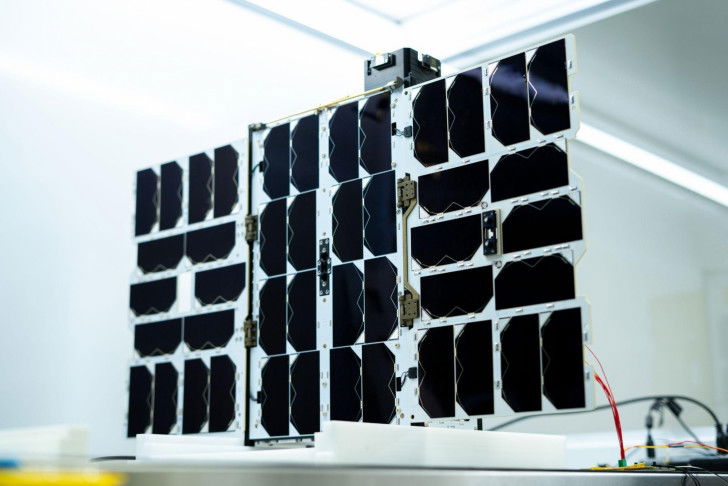Technology
Indian startup Pixxel launches 'Shakuntala' satellite with Musk's SpaceX

New Delhi, April 2 : Spacetech startup Pixxel has successfully launched its first fully-fledged commercial satellite called 'Shakuntala' with Elon Musk-run SpaceX's Falcon-9 rocket.
Being Pixxel's first fully-fledged satellite, 'Shakuntala' hosts one of the highest resolution hyperspectral commercial cameras ever flown to space, bringing it one step closer to building a 24x7 health monitor for the planet, it said in a statement.
Launched on Friday aboard SpaceX's Transporter-4 mission from Cape Canaveral in the US, this launch puts the company within touching distance of its ambitious mission to assemble one of the world's most advanced constellations of low-earth-orbit imaging satellites.
"From being one of the very few finalists in the SpaceX Hyperloop Pod Competition in 2017 to now launching our own satellites as part of SpaceX's fourth dedicated rideshare mission, life has come full-circle for us," said Awais Ahmed, CEO of Pixxel.
Weighing less than 15 kg, Shakuntala (TD-2) is capable of capturing orbital images in more than 150 bands of colour from the visible and infrared spectrum with a resolution of 10-metres per pixel, far exceeding the specificity of 30-metre per pixel hyperspectral satellites launched by a few select organisations such NASA, ESA, and ISRO.
In just a few weeks from launch, Shakuntala will begin amassing information and uncovering the invisible changes wreaking havoc on our planet like natural gas leakages, deforestation, melting ice caps, pollution, and declining crop health.
The launch came at the heels of Pixxel's $25 million Series funding from Radical Ventures, Seraphim Space Capital, Relativity Space co-founder Jordan Noone, Lightspeed Partners, Blume Ventures, and Sparta LLC, among others.
It sets the stage for Pixxel's first commercial phase satellites, to be launched in early 2023.
With six satellites flown in a sun-synchronous orbit (SSO) around a 550-km altitude, Pixxel's hyperspectral constellation will be able to cover any point on the globe every 48 hours.



































